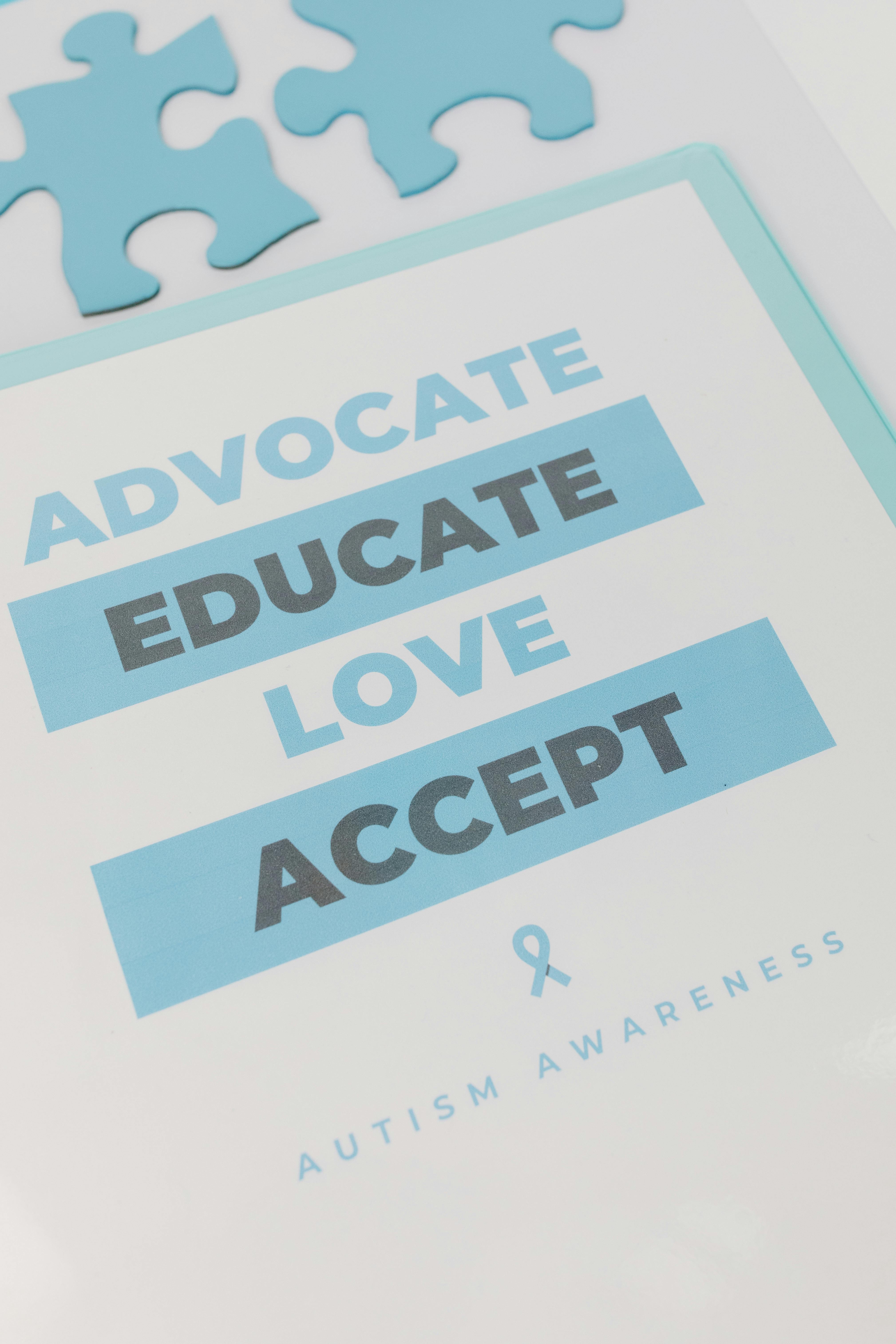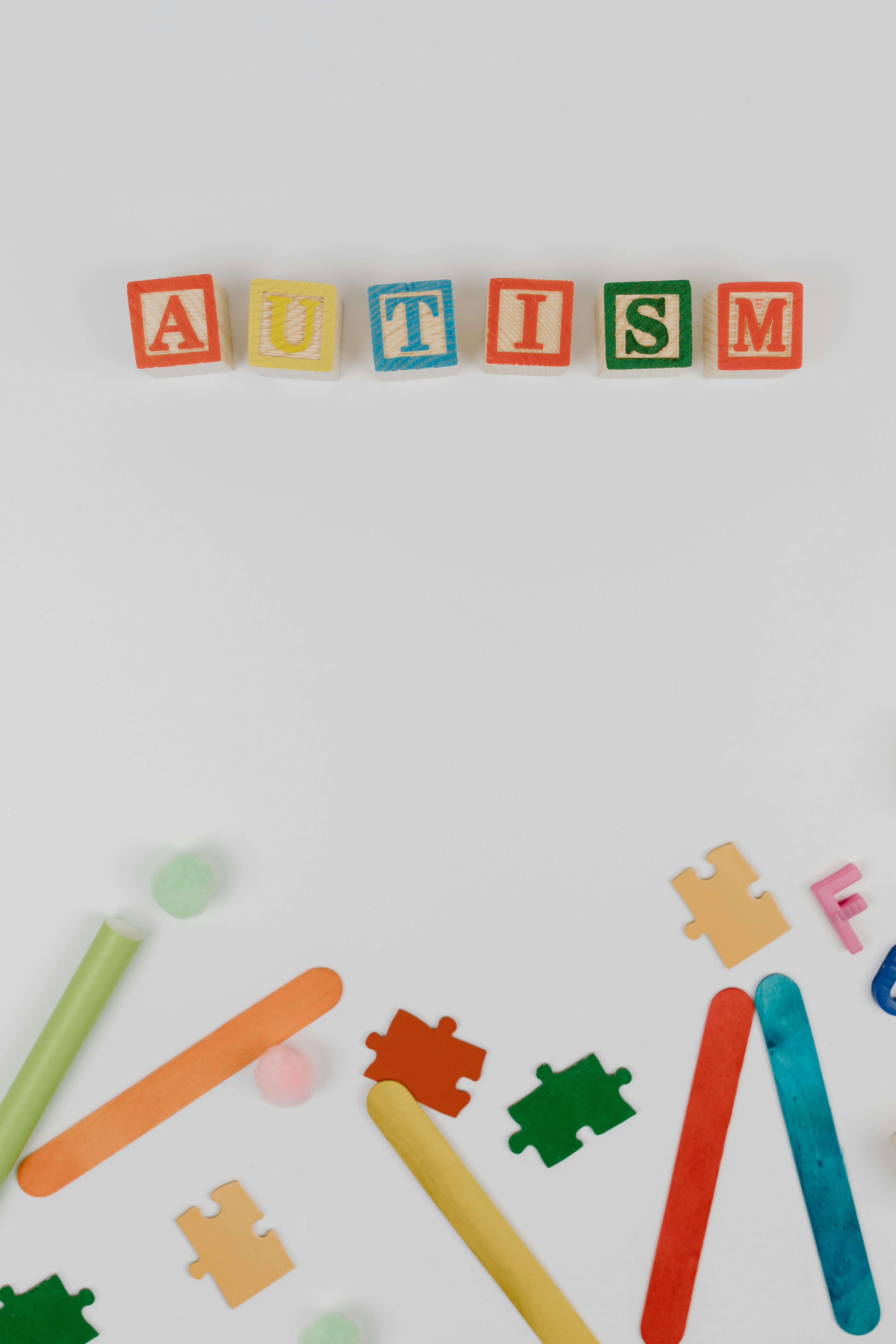Early Childhood Mental Health Awareness Month: A Complete Guide
Every May, we shine a spotlight on Early Childhood Mental Health Awareness Month—a time to deepen our understanding and commitment to supporting the emotional and psychological well-being of young children. With mental health challenges on the rise even among the youngest populations, this initiative couldn’t be more timely. In this comprehensive guide, you’ll explore the importance of early mental health, practical strategies, and future trends that can help every child thrive.

Understanding the Fundamentals
Early childhood mental health refers to the developing capacity of a child from birth to age five to form close relationships, manage emotions, and explore their environment. This concept, once overlooked, is now recognized as foundational to lifelong development.
These formative years lay the groundwork for social skills, resilience, and cognitive abilities. Understanding the mental wellness of young children can be likened to tending a garden—nurture it early, and it will flourish for years to come.
1.1 Emotional Regulation and Expression
Emotional regulation is a child’s ability to understand and manage their feelings. For example, a toddler learning to express frustration with words instead of hitting is practicing emotional self-control. Studies show that early emotional regulation is a strong predictor of academic and social success.
Applications include emotional coaching by parents, using storybooks to model feelings, and engaging in reflective listening. A common misconception is that children under five are too young for emotional intelligence training—research shows otherwise.
1.2 Attachment and Relationship Building
Attachment refers to the emotional bond formed between a child and their caregiver. Unlike general affection, secure attachment fosters a child’s trust and exploration. It is the foundation for all future relationships.
Techniques like consistent caregiving, responsive communication, and physical affection build this attachment. Inconsistent or neglectful interactions may disrupt a child’s sense of safety and emotional stability.
Practical Implementation Guide
With a solid understanding of early mental health principles, the next step is integrating them into daily routines. These actions foster resilience and emotional literacy in real-world settings.

2.1 Actionable Steps
- Build Daily Routines: Structure helps children feel safe. Set consistent times for meals, naps, and bedtime.
- Use Emotion Naming: Label emotions out loud—“You’re feeling sad because your toy broke.” This helps kids connect words with feelings.
- Practice Calm-Down Techniques: Teach breathing exercises or use sensory tools like stress balls or soft textures during meltdowns.
2.2 Overcoming Challenges
Common barriers include lack of parental awareness, resistance from caregivers, or limited access to resources. Watch for signs like withdrawal, aggression, or sleep issues—these may indicate deeper struggles.
Experts suggest starting small—choose one strategy, such as validating feelings, and make it a daily habit. Collaboration with pediatricians or school counselors can also ease implementation hurdles.
Advanced Applications
Once foundational practices are in place, advanced approaches can further enrich early mental health strategies. These methods often integrate multi-disciplinary systems and technology-enhanced interventions.

3.1 Mindfulness Integration in Early Learning
Mindfulness teaches presence and emotional awareness. Programs like “Mindful Moments” in preschools have shown reduced anxiety and improved attention spans. One case study from Seattle found that children practicing mindfulness twice a week displayed better peer interactions and less disruptive behavior.
3.2 Digital Therapeutics and Parent Coaching Apps
Digital tools like guided storytelling apps and AI-driven parent support platforms offer scalable mental health interventions. These tools sync with pediatric records and offer real-time feedback.
While effective, compatibility with family tech levels and access to devices should be considered before implementation. These apps are especially helpful in underserved communities where in-person therapy may be limited.
Future Outlook
The field of early childhood mental health is rapidly evolving. We’re seeing a shift toward prevention-based models and trauma-informed education becoming mainstream in childcare programs.
Over the next 3–5 years, we can expect greater policy support, increased funding for mental health education, and wider use of AI in early detection. Parents and educators can prepare by staying informed and advocating for mental health inclusion in early curricula.
Conclusion
Three key takeaways include: 1) Mental health starts in the earliest years, 2) Daily routines and emotional coaching make a big impact, and 3) Innovative tools can supplement traditional methods. Recognizing the value of Early Childhood Mental Health Awareness Month helps amplify these messages nationwide.
Begin today by observing and nurturing emotional cues in your child’s behavior. Share this guide with caregivers or teachers—because every step taken early shapes a brighter future for our children.
Frequently Asked Questions
- Q: What is early childhood mental health? It refers to the social, emotional, and cognitive development of children from birth to five, influencing how they learn and relate to others.
- Q: How do I start supporting my child’s mental health? Begin with structured routines, name emotions out loud, and use positive reinforcement techniques.
- Q: How much time does it take to see progress? Depending on the child and consistency, noticeable improvements may occur in a few weeks to a few months.
- Q: Is it expensive to support child mental health? Not necessarily—many tools, routines, and practices are cost-free. Some apps and therapy sessions vary in cost depending on location and provider.
- Q: How does early intervention compare to waiting? Early intervention often leads to better long-term outcomes, reducing the need for more intensive care later on.
- Q: Is it difficult to implement at home? It requires patience and consistency, but many parents find it becomes second nature with practice and the right guidance.
- Q: Can these strategies help in schools or daycare centers? Absolutely—many are designed to be flexible across home, school, and community settings for a holistic approach.
